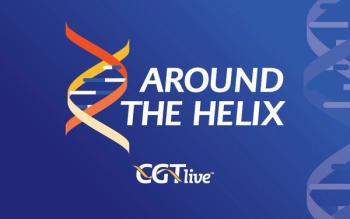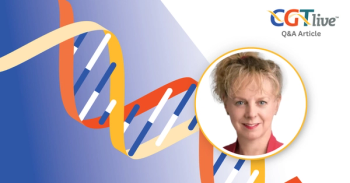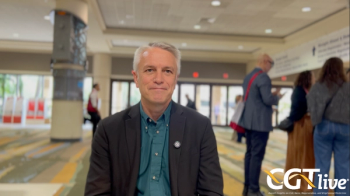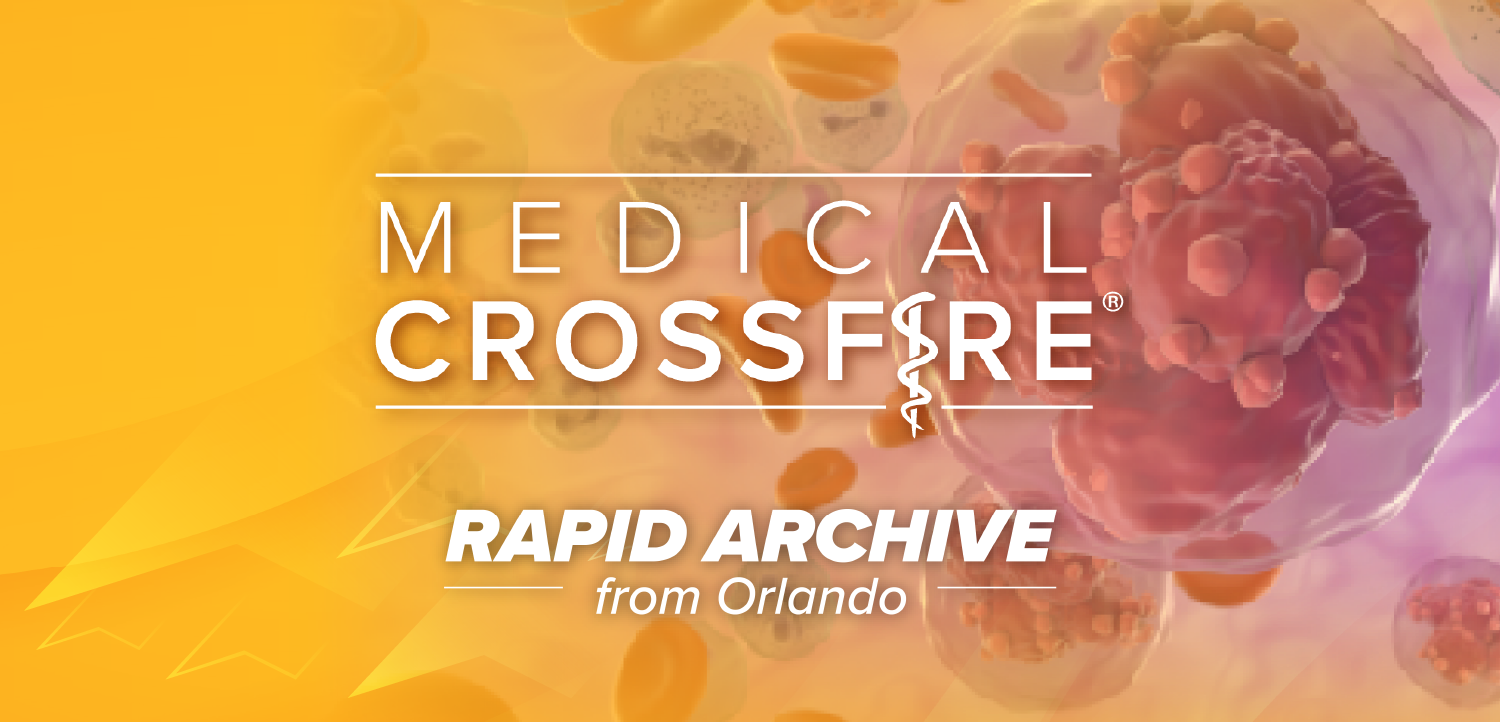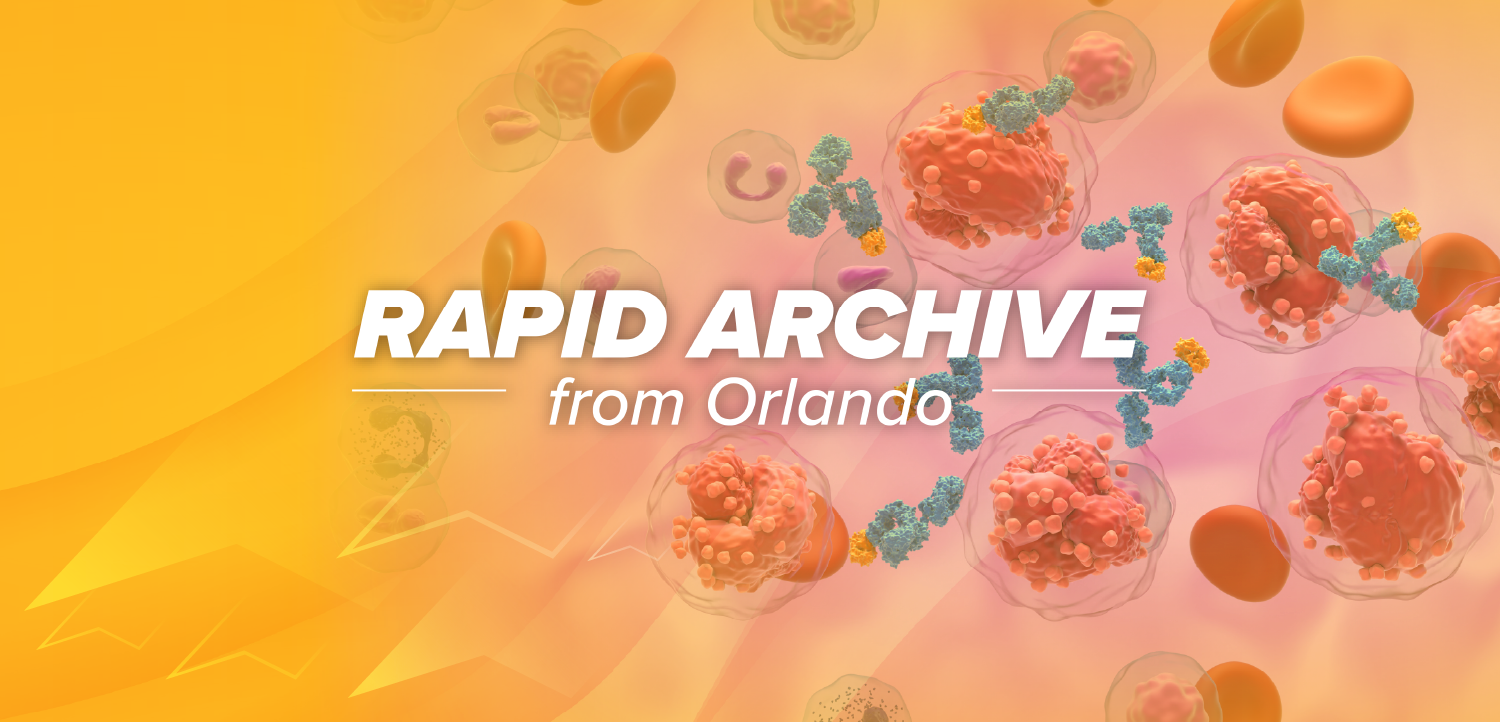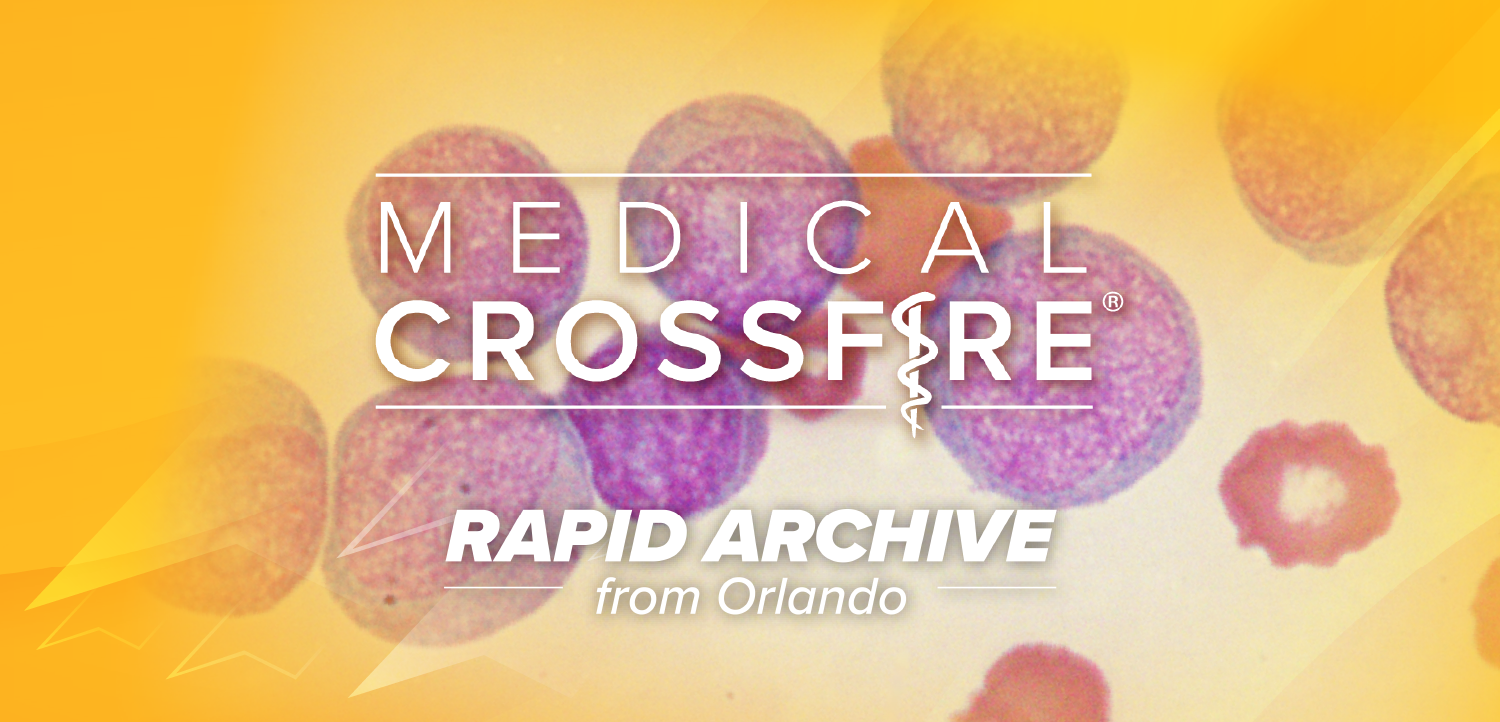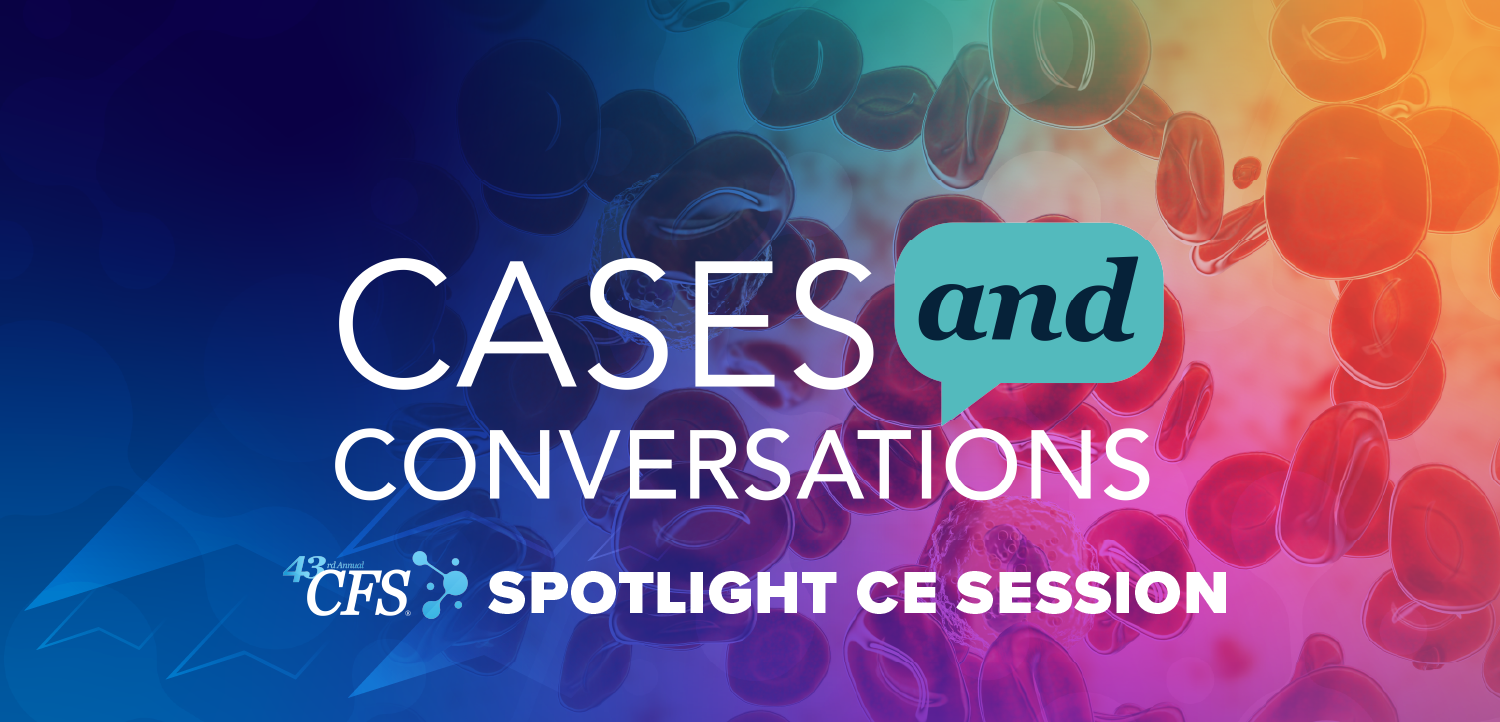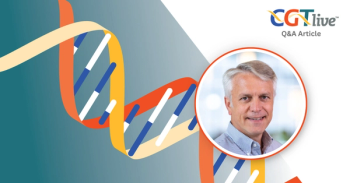
Expanding Study Populations of Cell Therapy in Sickle Cell Disease: Michael Grimley, MD
The medical director of Bone Marrow Transplantation and Immune Deficiency at Cincinnati Children's discussed data on ARU-1801 presented at ASH 2021.
This content originally appeared on our sister site,
ARU-1801, an investigative cell therapy from Aruvant Sciences, has been safe and efficacious in 3 adults with severe sickle cell disease (SCD) through 1 year of follow-up post-transplant.
Data presented from the phase 1/2 study (NCT02186418) were presented at the
Investigators now believe the investigative therapy may serve as a “promising alternative” to myeloblative transplants for patients with severe sickle cell disease who need to achieve durable disease mitigation responses from therapy.
In an interview with HCPLive during ASH 2021, investigator Michael Grimley, MD, of the Division of Bone Marrow Transplantation and Immune Deficiency at Cincinnati Children's Hospital Medical Center, discussed the new phase 1/2 findings and their implication for the future of sickle cell disease care.
“I think this field is almost untapped, as to where we’re going,” Grimley said. “Unfortunately, there’s a very large group of patients who could benefit from a change in their sickle cell care.”
Grimley also discussed plans for the continued trial, which include increasing the patient population to 10 adults before progressing to a regulatory licensing application trial, which could help investigators decrease the age of eligibility to include pediatric children aged ≥12 years old with sickle cell disease.
As he noted, there’s suggestion that younger patients may have better, even safer benefit from the stem cell transplant therapy—and the effort would help to sooner address severe sickle cell disease cases.
“That’s not a stretch to think this therapy may be even more effective in the younger patients, but it has been safe across the board from 18-35 and efficacious for all age ranges,” Grimley said. “But all of us would love to prevent sickle cell complications, instead of treating them after they have sickle cell complications.”
The study, “
Newsletter
Stay at the forefront of cutting-edge science with CGT—your direct line to expert insights, breakthrough data, and real-time coverage of the latest advancements in cell and gene therapy.


